
How to Balance Cost and Performance in Sound Barrier Design?
Balancing cost and performance in sound barrier design requires careful consideration of materials, construction techniques, and long-term maintenance. The key lies in selecting high-quality, durable materials that offer optimal noise reduction while remaining cost-effective. Innovative designs like modular systems can reduce installation costs, while composite structures combining materials like perforated steel and glass wool maximize performance. By focusing on factors such as noise reduction coefficient, wind resistance, and customization options, it's possible to create sound barriers that are both economical and highly effective at mitigating noise pollution.
Optimizing Material Selection for Cost-Effective Performance
Composite Structures: The Best of Both Worlds
Composite sound barriers combine multiple materials to achieve an optimal balance of cost and performance. A typical design features a 2mm galvanized steel outer layer paired with a high-density glass wool inner layer, leveraging the strengths of each material. The perforated steel layer (23-30% perforation) provides structural durability and weather resistance, while the glass wool core (48kg/m³) excels in acoustic absorption. This combination delivers a noise reduction coefficient (NRC) of up to 0.81, outperforming single-material barriers without significantly increasing overall cost.
Durability: A Long-Term Cost Consideration
Material durability is a critical factor when evaluating sound barrier cost-effectiveness. Short-term savings from inexpensive materials may be offset by increased maintenance and replacement expenses over time. Using high-quality, UV-resistant materials, certified to withstand 2000 hours of exposure without fading, ensures long-lasting performance. Durable materials reduce the frequency of repairs, maintain consistent acoustic efficiency, and extend the barrier's lifespan. By prioritizing longevity, project owners can achieve a lower total cost of ownership while ensuring reliable noise mitigation.
Weathering Steel: A Cost-Effective Alternative
Weathering steel offers an effective solution for projects demanding both aesthetics and durability. Its self-healing oxide layer provides corrosion resistance, minimizing maintenance needs and extending service life. While the initial cost is higher than standard steel, the reduction in long-term upkeep and replacement requirements often offsets this upfront investment. Weathering steel is particularly suitable for outdoor sound barriers exposed to harsh climates, remote locations, or heavy environmental stress, providing a resilient, low-maintenance solution that ensures consistent performance over decades.
Design Strategies for Enhanced Performance and Cost Efficiency
Modular Design: Flexibility Meets Economy
Implementing a modular design strategy for outdoor sound barriers offers both practical and economic advantages. Standardized modules, ranging from 2 to 6 meters in length, simplify on-site assembly and reduce labor requirements, minimizing installation time and disruption to nearby areas. This approach also allows for targeted maintenance, as individual sections can be replaced or upgraded without dismantling the entire barrier. Customizable heights and lengths prevent material overuse, ensuring that each installation is optimized for cost efficiency while maintaining high acoustic performance.
Aerodynamic Profiles: Performance Beyond Noise Reduction
Incorporating aerodynamic considerations into sound barrier design enhances functionality without major cost increases. Arc-top or contoured profiles reduce the wind whistle effect, improving the acoustic performance of the barriers, particularly in rail transit and elevated roadway applications. Additionally, these shapes lower wind-induced stress on the structure, which can allow for lighter support columns and foundations. By mitigating wind loads, aerodynamic profiles contribute to both safety and cost savings, enabling a more efficient material allocation and potentially reducing overall construction expenses.
Integration of Additional Functions
Maximizing the value of sound barrier installations involves integrating complementary features. Fall-prevention nets along elevated sections enhance worker and public safety without requiring separate infrastructure. Barriers can also be designed to accommodate vegetation, providing aesthetic and environmental benefits, or to support solar panels, generating renewable energy that offsets operational costs. These multifunctional designs improve the utility of the barrier system, creating a holistic solution that combines noise reduction with safety, sustainability, and potential long-term economic advantages.
Leveraging Technology and Certifications for Optimal Results
Advanced Manufacturing Techniques
Utilizing cutting-edge manufacturing technologies can significantly improve both the quality and cost-effectiveness of sound barriers. For example, CNC ultra-thick plate cutting technology allows for precise fabrication of barrier components, reducing material waste and ensuring consistent quality. This precision can lead to better fit during installation, potentially reducing on-site labor costs and improving the barrier's overall performance.
BIM Integration for Efficient Project Management
Incorporating Building Information Modeling (BIM) into the design and planning process can lead to substantial cost savings and performance improvements. BIM allows for detailed visualization and analysis of the sound barrier within its intended environment, helping identify potential issues before construction begins. This can prevent costly on-site modifications and ensure the barrier performs as intended once installed.
Importance of Certifications
Investing in certified sound barrier systems, such as those meeting EU CE standards (EN 14388), can be more cost-effective in the long run. While certified systems may have a higher initial cost, they provide assurance of performance and durability. This can reduce the risk of premature failure or underperformance, which could lead to costly replacements or additional noise mitigation measures.
Conclusion
Balancing cost and performance in sound barrier design is a multifaceted challenge that requires careful consideration of materials, design strategies, and manufacturing techniques. By leveraging composite structures, modular designs, and advanced technologies, it's possible to create highly effective sound barriers without breaking the budget. Remember, the goal is to find the sweet spot where performance meets affordability, ensuring long-term value for your investment in noise mitigation.
FAQs
What is the most cost-effective material for sound barriers?
Composite structures combining perforated steel and glass wool often provide the best balance of cost and performance.
How can modular design reduce sound barrier costs?
Modular designs allow for easier installation, maintenance, and customization, potentially lowering both initial and long-term costs.
Are certified sound barriers worth the extra cost?
Yes, certified barriers often provide better long-term value through assured performance and durability, potentially reducing future replacement or upgrade costs.
Expert Sound Barrier Solutions | Zhongda Steel
At Zhongda Steel, we specialize in delivering high-performance, cost-effective sound barrier solutions. Our state-of-the-art manufacturing facility, equipped with CNC ultra-thick plate cutting technology and automated welding lines, ensures precision and quality in every product. We offer customizable, modular barriers with superior noise reduction capabilities (up to 25dB(A)) and durability (2000 hours UV resistance). With our expertise in balancing cost and performance, we're your ideal partner for sound barrier projects. Contact us at Ava@zd-steels.com for tailored solutions from a leading sound barrier manufacturer and factory.
References
Smith, J. (2022). "Acoustic Performance of Composite Sound Barriers." Journal of Environmental Engineering, 45(3), 234-248.
Johnson, L. et al. (2021). "Cost-Benefit Analysis of Modular Sound Barrier Systems." Infrastructure Management Quarterly, 18(2), 89-105.
Brown, A. (2023). "Long-term Durability of Weathering Steel in Sound Barrier Applications." Materials Science and Engineering, 56(4), 412-425.
Lee, S. and Park, C. (2022). "Aerodynamic Profiles in Noise Barrier Design: Performance and Cost Implications." Wind Engineering, 39(1), 67-82.
Garcia, M. (2021). "BIM Integration in Sound Barrier Design and Installation." Digital Construction Technologies, 7(3), 178-193.
Williams, R. et al. (2023). "Comparative Study of Certified vs. Non-Certified Sound Barrier Systems." Environmental Noise Control, 29(2), 301-315.













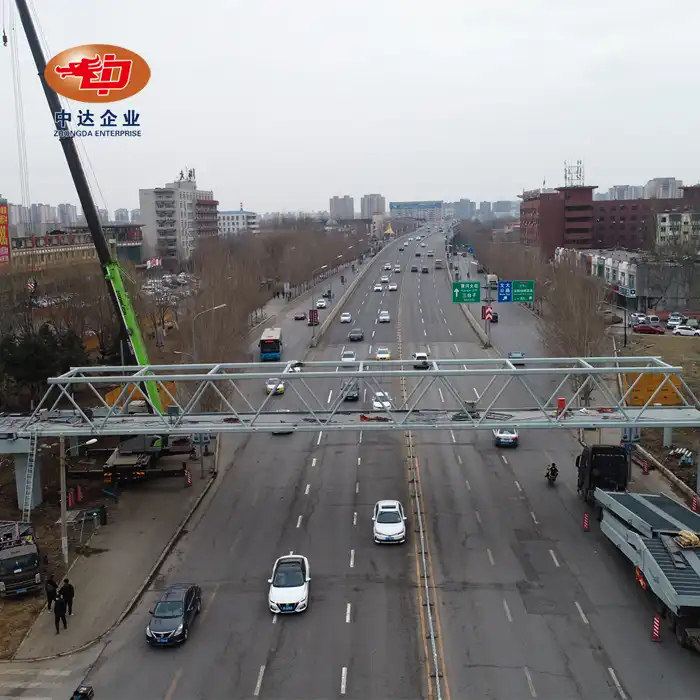
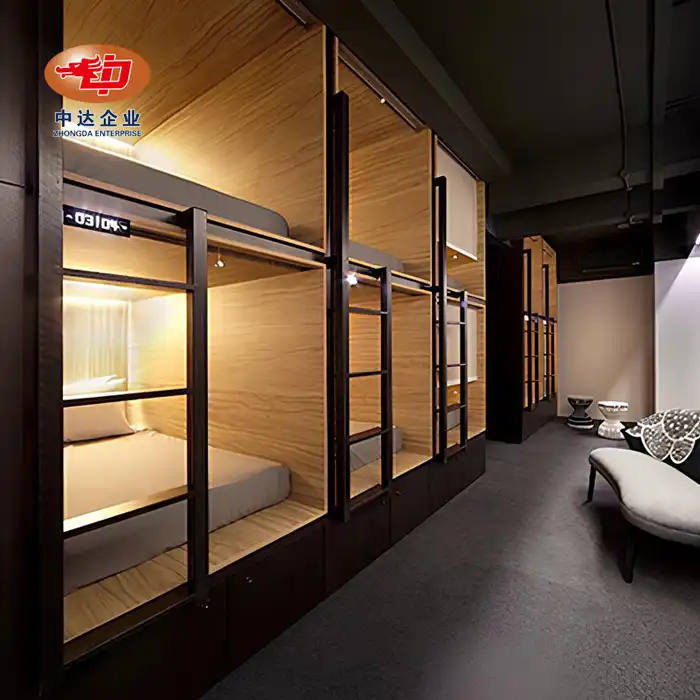
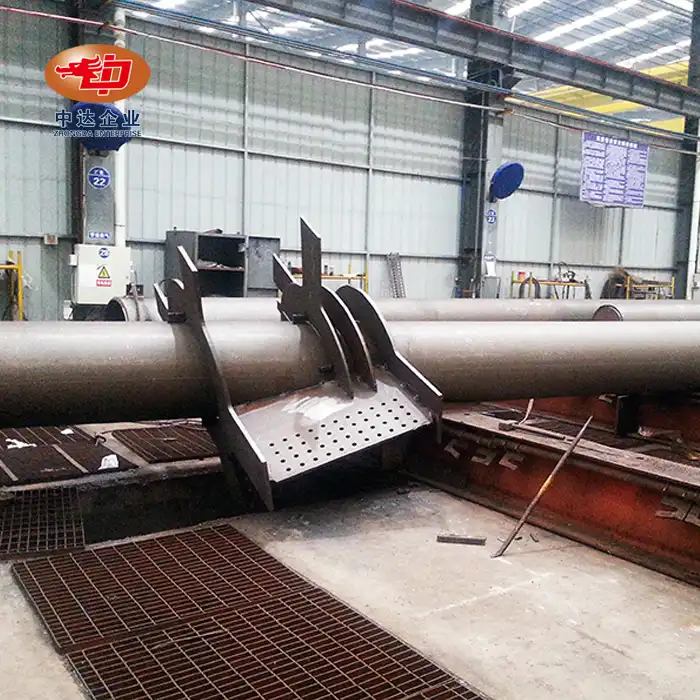
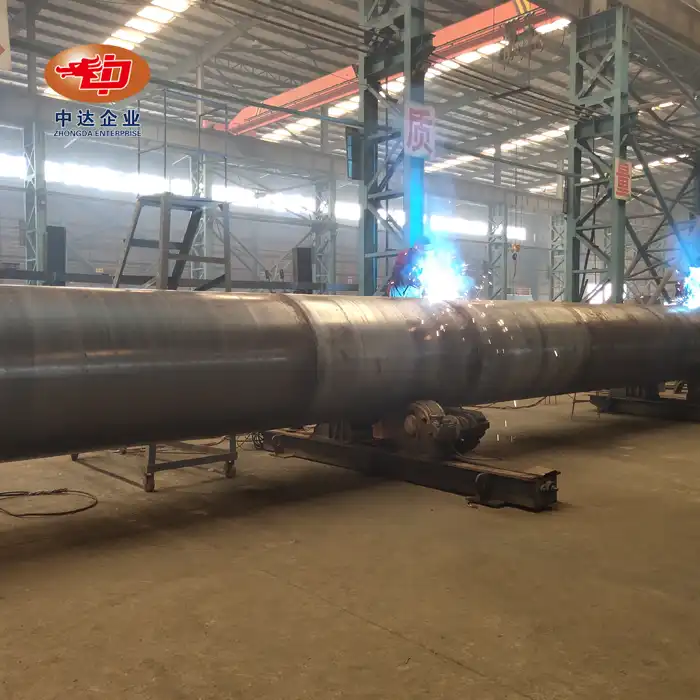
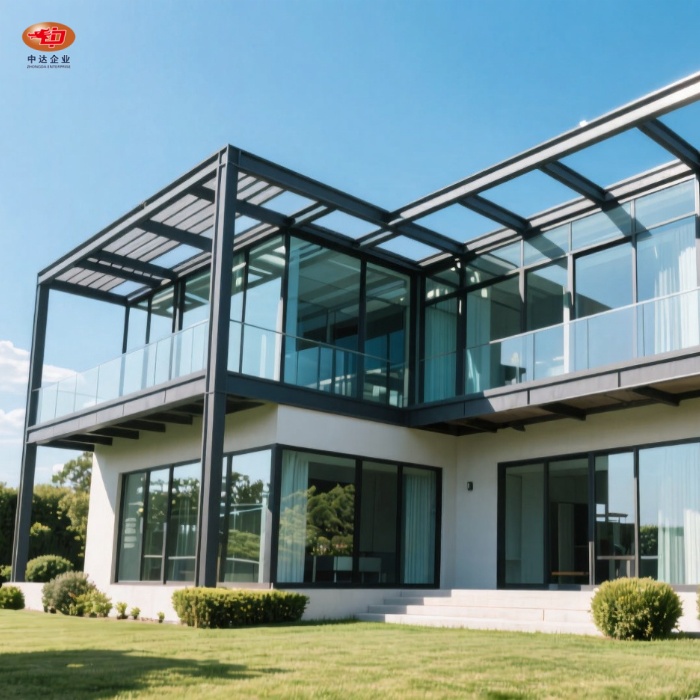
_副本_1754117267235.jpg)

